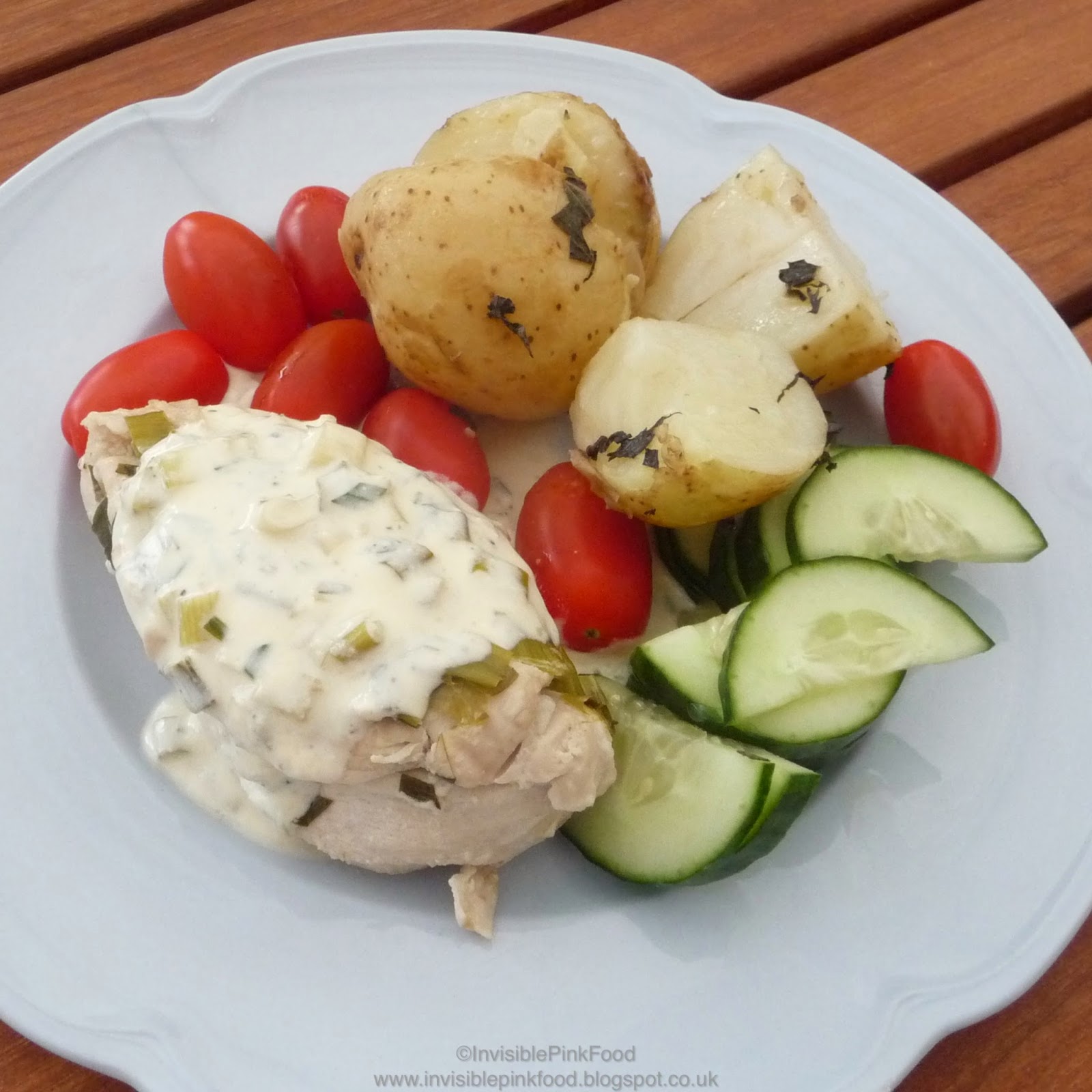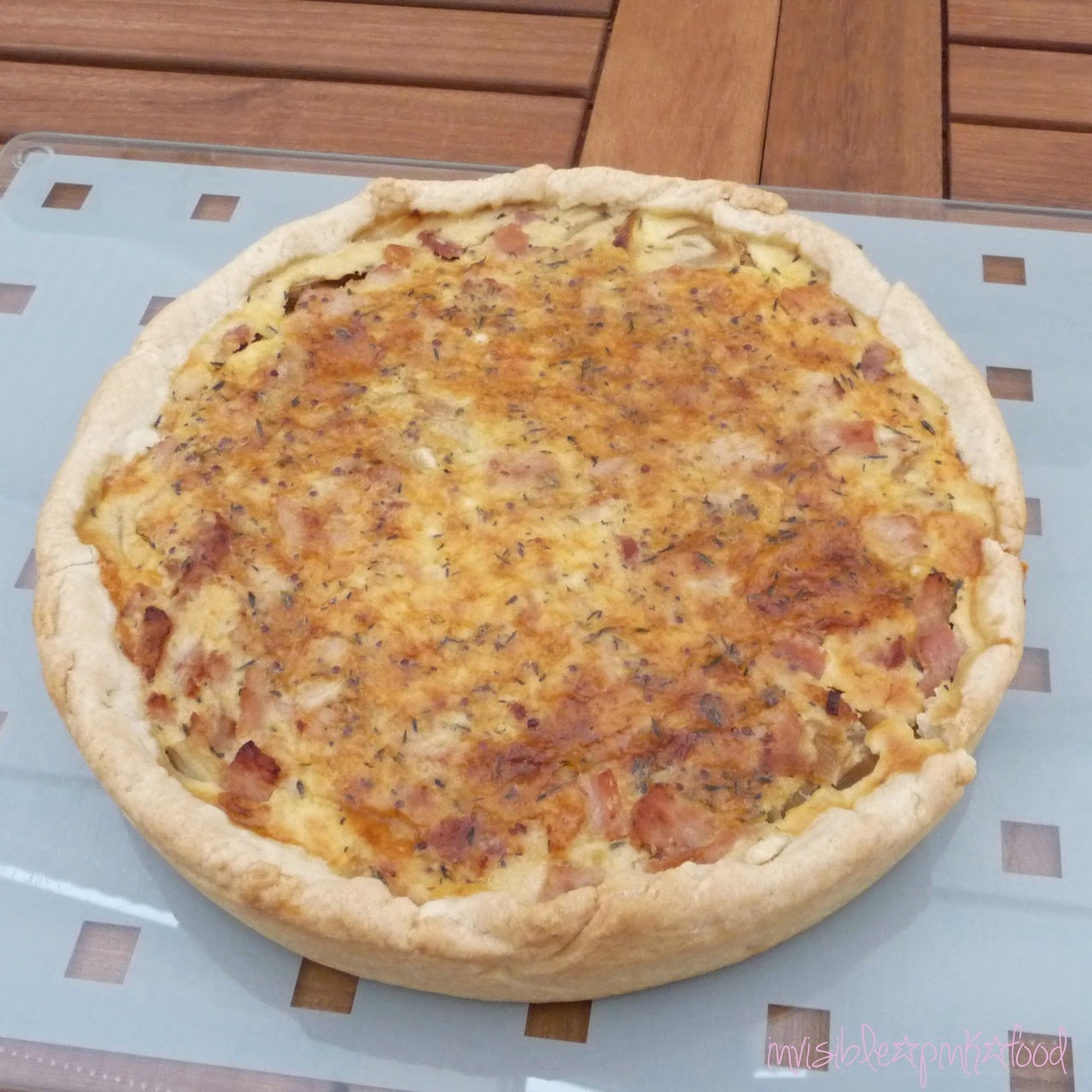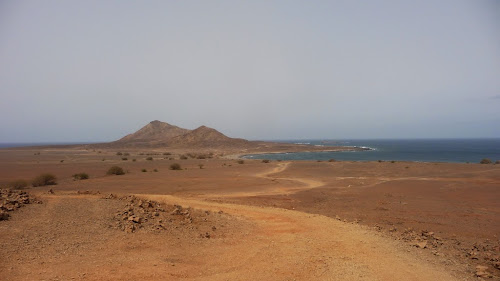This is part two of my random musings and pictures from my holiday on the island of Sal in Cape Verde. You can find part one here.
After doing a tour of the island, one of the most striking things that hit me when I left my little oasis of an resort is how suddenly I was transformed from the not-in-the-most-rich-layers of society back home, to being filthy rich. The average monthly salary on Cape Verde is around €100 and many people especially around the capital live in shanty towns with huts made from cardboard boxes and random leftover bits and pieces. There is lots of Senegalese immigrants trying to make a living by selling mass produced "souvenirs" to tourists. If you want to buy local souvenirs, it's worth asking your tour guide. We were taken to a small local souvenir shop where all the produce was locally hand made (and you could see the artist chipping away on his coconut as we were perusing the shop). There is also a souvenir market in Santa Maria that sells only local products, which mostly consist of items made of coconut and some salt and liqueurs. As I said in my previous post, the island is dry and resembling a desert, so not much grows here. Apparently if the rain season is good, it's possible to grow crops like corn, watermelons and papayas, but the last good rain season was in 2010, so everything has to be imported to the island.

After seeing the local standard of life, you feel rather privileged to be able to fly across the world to this little island to lie on the beach and listen to the waves. It was also hard to see all the stray cats and dogs, coming to beg for food, looking rather scruffy and malnourished. A lot of people live in houses with no running water, and the government is building housing for the poorest inhabitants at affordable prices to hopefully eradicate the groups of huts in the shanty towns.
The Riu resort where we stayed. It's the biggest resort on the island, located a walking distance from Santa Maria and right on the beach.
There wasn't too much of a chance to get a feel for the local cuisine as our stay was all inclusive. The hotel had a buffet breakfast, lunch and dinner which was very extensive and adequate but in no way impressive. There was fresh fruit and fresh grilled fish every day which were good. There are also three speciality restaurants at the hotel, an Asian, a Cape Verdean, a grill and an African restaurant. The grill and Asian buffets were rather underwhelming whereas the Cape Verdean and African buffets were a bit better.
 |
| The seafood mixed grill in the Cape Verdean restaurant. |
Not surprisingly, the main food in Cape Verde is fish and seafood. The local fishermen go out in tiny little boats and load their catch of the day onto a truck which drives from the fishing village of Palmeira to the capital and sells the fish off the truck. Depending on the day you can get 2-5 fish for €1. When we were visiting Palmeira there was a big (our guid said approximately 150 kg) swordfish on the docks with the local youngsters chopping off the head and gutting the fish right there on the pier. Although the catch of the day looked huge to us, we were told they catch fish up to 400 kg.
Catch of the day in Palmeira.
The houses in the fishing village of Palmeira are painted in bright colours.
In Santa Maria the local fish market takes place on the pier and fresh fish comes in between 10 and 12 am. Fish is wheeled around town in wheelbarrows and sold that way too.
A stall at the local fish market in Santa Maria.
We did a walking tour of the town of Santa Maria which was led by the travel agency guide. The walk from the hotel in to town was around 20 minutes, but much more than the walk in, we enjoyed our private little walk back to the hotel along the beach which took over an hour and takes you around the most southern peak of the island with no other sounds than the thundering roar of the sea in you ears and the feeling of wet sand between your toes.
The most southern peak of the island.
One of the stops on our tour was a children's after school project called Castelos do Sal. Children in Cape Verde only go to school for half a day, and as tourism started to build up on the island about 10 years ago, many children took to begging on the streets instead of going to school. The project provides afternoon activities for children to help their education, teach them life skills and simply keep them off the streets. Kids get a nutritious meal every day, clean clothes and a place to shower as many of them come from the poorest families who don't have showers at home. They take any donations you might have such as pens, paper, kids clothes, toiletries and of course money so if you ever travel here, you can bring your donations with you straight to the charity and be assured they really end up where they are needed.
Another thing our guide told us is that although government health care is more or less affordable, medication is very expensive and often too expensive for the locals. So if you happen to bring any medicines with you, like pain killers or any other medical supplies such as band aids you can leave them to your travel guide at the end of the holiday and they will give them to the local church charities to be given to those who need it. Luckily my dear medical doctor sister had prepared well for our trip with multiple antibiotics, paracetamol and other medicines, so we left behind a big bag of medical supplies.
All in all, we had a lovely holiday enjoying the sea, sun and trying out some watersports. The temperature was very pleasant, although the air is hot there is always a breeze (which sometimes escalates to quite a strong wind resulting in huge waves in the sea and blowing around the sand on the beach so that it feels like needles on your legs). We were a bit careful with food, only eating at the hotel and loading up on probiotics all through the holiday and had no problems, but the word on the street is that you easily contract traveller's ailments, often something to do with the digestive system if you catch my drift. The most sensible things you can bring is a wide brimmed hat and some sandals that don't mind getting wet. A cardigan for the evenings. And most importantly lots and lots of waterproof sun cream and a Kindle or good books.




















































